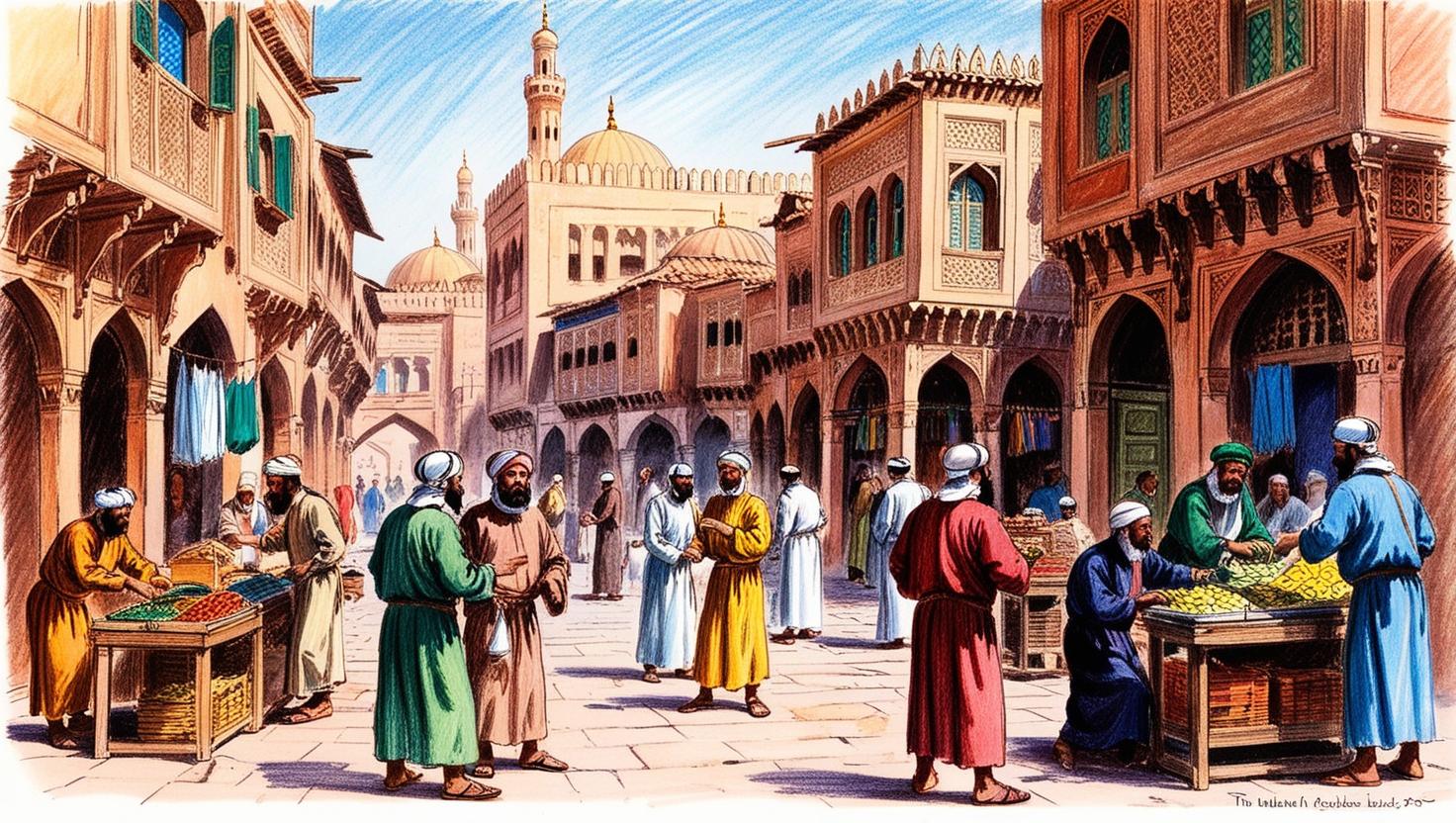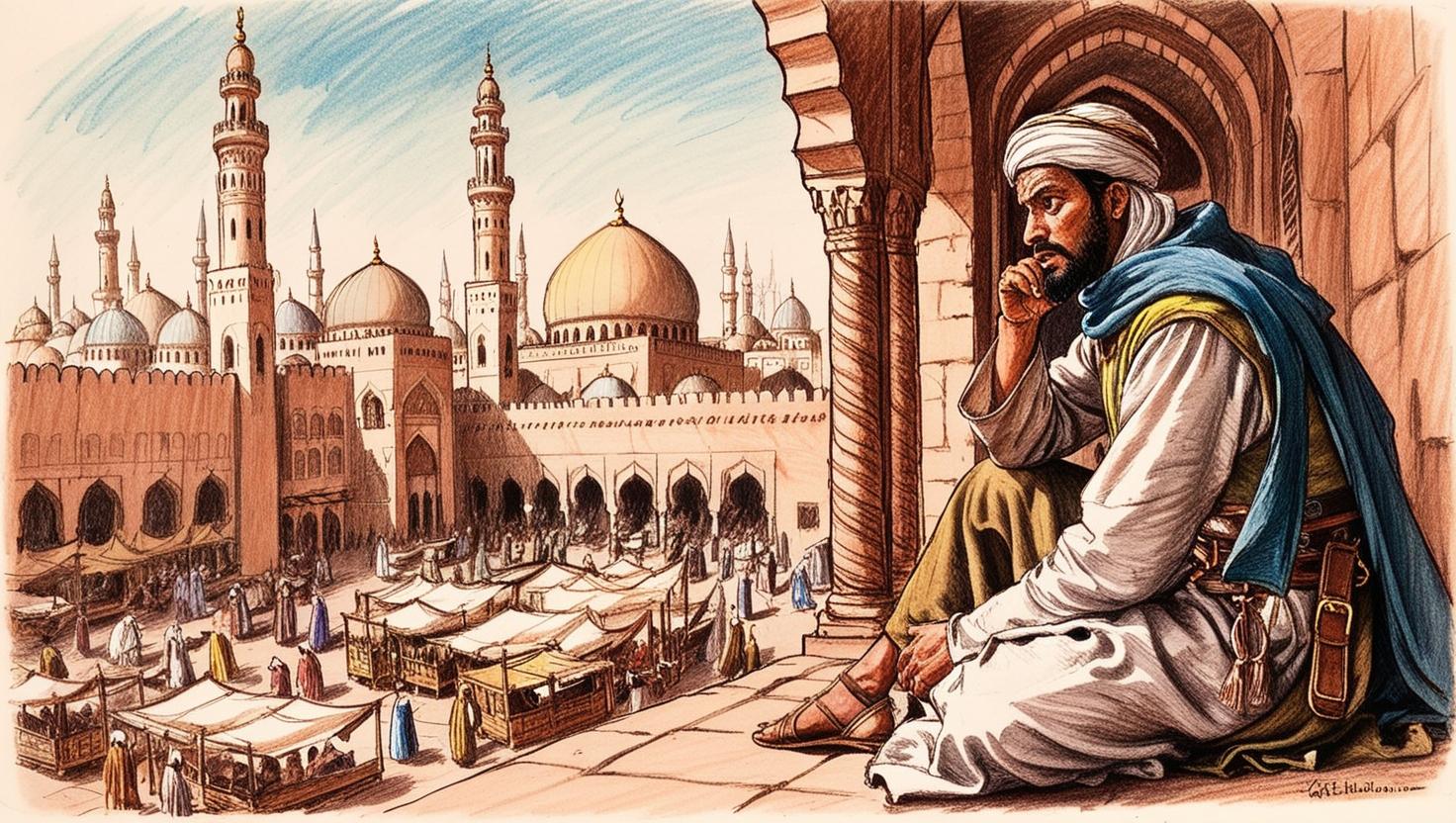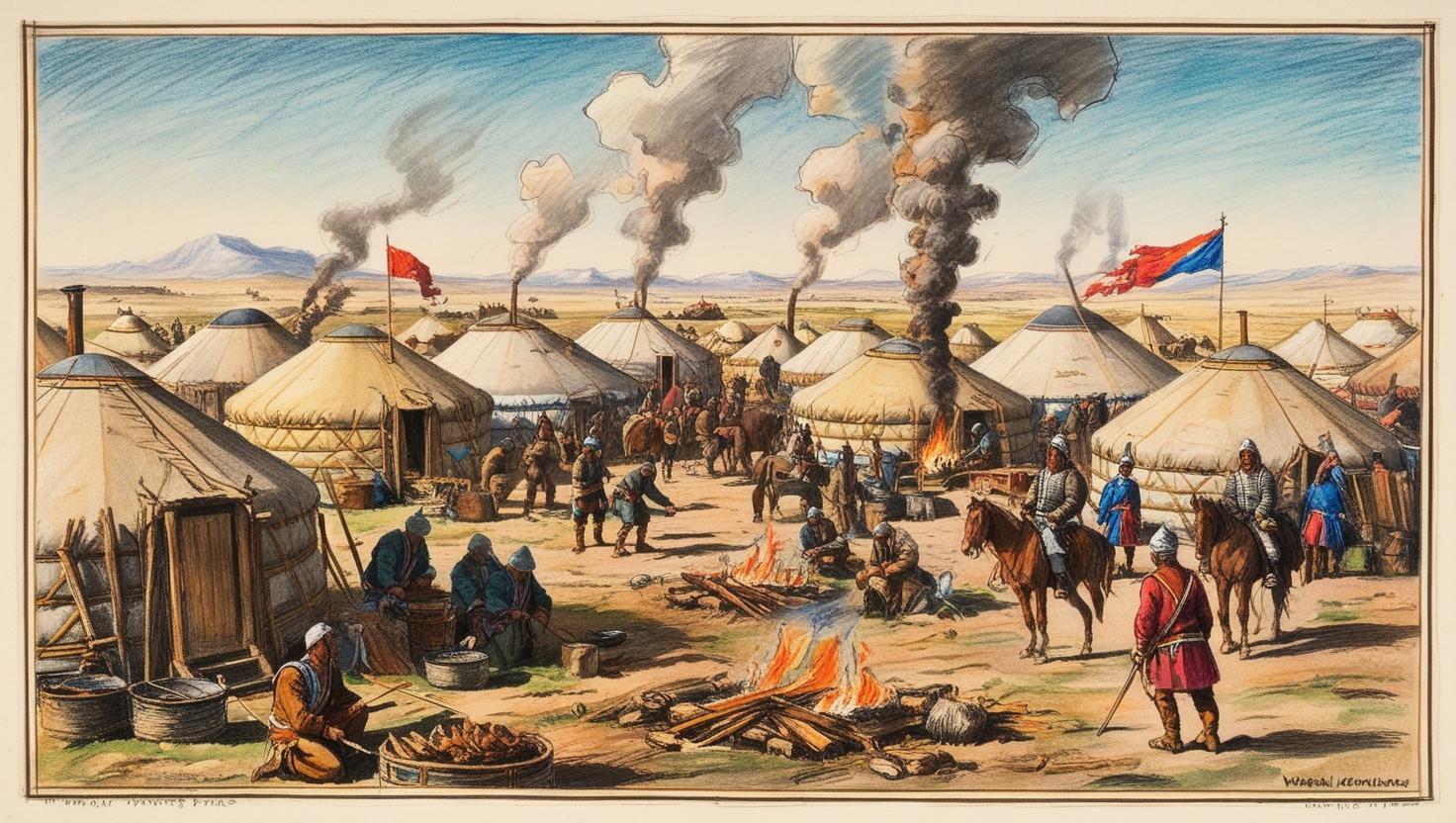

The Middle Period was a remarkable era characterized by prosperity and cultural exchange within the Islamicate realms. This age witnessed the division of the Islamic world into various autonomous regions, ranging from city-states to empires. Muslim rulers during this time were bestowed with titles such as 'Emir' or 'Sultan,' while the Mongol rulers were known as 'Khans.' Only very few rulers, like the Fatimids of Egypt, claimed the prestigious title of 'Caliph' in place of the Abbasids.

The first two centuries of the Middle Period marked the gradual disintegration of the Abbasid Empire and the emergence of what came to be known as the 'Successor States.' These successor states wielded increasing power and influence as the Abbasid caliphate weakened. However, the latter half of the Middle Period witnessed a dramatic turn of events with the rise of the Mongol Hordes. These formidable forces ravaged the region, leading to the destruction of the weary Abbasid caliphate and the dominance of the Mongolian Khanates across Eurasia.

During the Middle Period, a momentous expansion of the Muslim world took place. Many of the Mongol Khans eventually converted to Islam, leading to the incorporation of vast territories under Muslim rule. By the end of the Middle Period, the total area under Islamic rule had roughly tripled in size.
One striking feature of the autonomous states and empires in the Muslim world during this period was their shared Islamic culture. This culture was based on the supremacy of the Quran and revolved around the pillars of kalam-theology, Sharia law, and Sufi spirituality. The open borders between these regions facilitated vibrant trade and commerce, creating what can be described as a 'Muslim commonwealth.' It was a time when a Muslim could travel freely throughout the Muslim world, from the Maghrib (Morocco) to the Far East, choosing to live, study, work, and even marry wherever they wished. Muslim-ruled lands also had friendly relations with neighboring non-Muslim territories, as evidenced by the travels of Ibn Battuta, a renowned Muslim scholar and explorer who ventured as far as China.
In Europe, the Middle Period brought significant transformations. The Normans, descendants of the Vikings, rose to prominence and feudalism and serfdom emerged as dominant systems. However, the most significant impact on Europe during this time was the series of military expeditions known as the Crusades. Launched under the banner of the Catholic Church, these campaigns aimed to invade Muslim lands along the Mediterranean coast. As knights from Western Europe participated in the Crusades, a sense of unity began to develop among Western Christendom. It was during this violent period that the notion of 'Europe' as a single civilization first took shape.
While the Crusades intensified conflict between Muslims and Christians, extensive interactions between the Muslim world and the West through regions like Spain, Sicily, and the Crusader Kingdoms also led to significant changes in Western Europe. The teachings of Muslim intellectuals like Ibn Rushd (Averroes) gradually spread across Western Europe, influencing the development of rational thought. These ideas, which emphasized the role of Reason in acquiring knowledge, gave rise to medieval scholasticism in Europe. This intellectual movement sought to reconcile Christian doctrine with rational principles and played a pivotal role in the establishment of the first universities in the Christian West. Western historians often claim that the rise of universities was a unique and exceptional development to Europe, but recently historians such as George Makdisi have shown that European universities were heavily influenced and inspired by the great colleges of the Muslim world.

The word "horde" comes from the Mongolian word, 'ordu', which means 'army camp'. In the Mongol tribe, all able-bodied men were part of the army. Even the Mongolian women were fierce warriors and often took part in battles with the men.
The Middle Period is a very long age of almost 500 years. We can divide it into two main periods, before and after the Mongolian Eruption, which happened around the half-way point. The 250 years before the Eruption is the period of Successor States, most of whom still pay nominal allegiance to the Abbasid Caliph. The period after the Eruption is dominated by the Mongol Khanates.